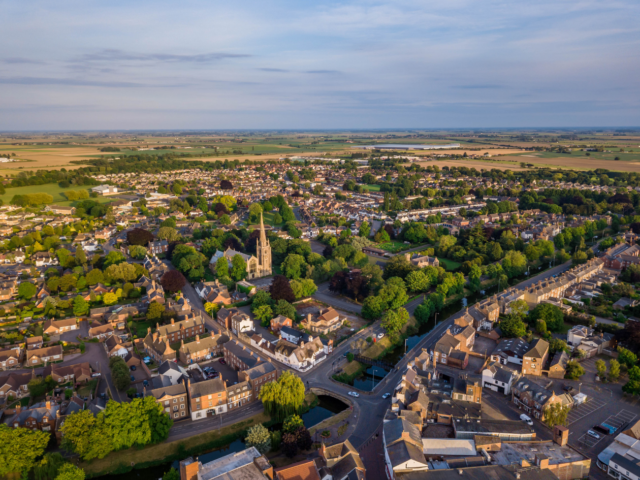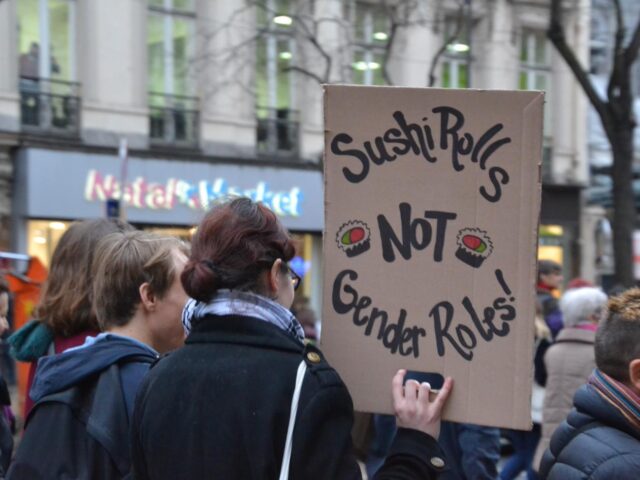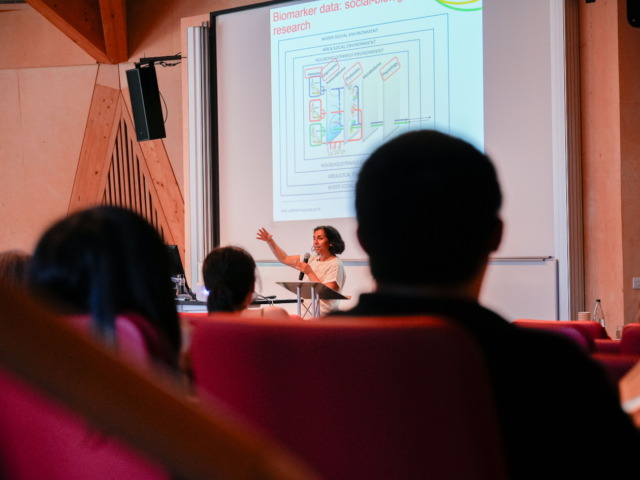Information about the Understanding Society fieldwork procedures: the fieldwork period and how it has changed across waves and differs by interviewer mode, panel maintenance rules.
Fieldwork dates
For the first five waves of the study, each monthly fieldwork sample started on the 8th of the month, except in Northern Ireland where it started on the 1st. August and December months started a week earlier, on the 1st, to allow interviewers more time to make contact during the holiday periods. At Wave 6, each monthly fieldwork period started on the 1st, except for January which started on the 8th, to avoid fieldwork agency staff working during the Christmas period. At Wave 7, to make it easier for the fieldwork agency to deal with the logistics of issuing two waves, the start date for each month was moved to the 8th. From then, the start date for each Wave alternated between the 1st and 8th of the month.
With the wide introduction of web as a primary mode of interview, the start date for each sample month was moved back to before the start of the month. This was to allow any non-responding sample members who had been invited to complete online to be issued to interviewers at the same time as the CAPI-first sample. This avoided the situation of interviewers starting to work their caseload for a few weeks before then being given the web-first non-responding cases to work. Having their whole caseload at the start of the CAPI fieldwork meant that interviewers could manage their work more efficiently.
In the first year of Wave 8, the web-first fieldwork started three weeks before the CAPI fieldwork, and by the start of the second year this had increased to five weeks before the CAPI fieldwork. The web fieldwork started one week before the start of the month, which meant that the CAPI fieldwork started around the start of the next month. For example, the February 2017 sample at Wave 8 were invited to take part online on January 25th, and the CAPI fieldwork started on March 1st.
Fieldwork periods
At Wave 1 the initial fieldwork period for first issue was one month, starting on the 8th of each month. Then there was a one week pause when the non-completed sample was reviewed, and then a two week re-issue period. For the EMB, the screening period took place two weekends before the start of the first issue and covered six days (Wednesday to Monday). No interviewing could be done if a household was screened-in until the 8th of the sample month. During Wave 1 there were a number of changes to the fieldwork periods. For the EMB the screening period was doubled from six to twelve days from July 2009 (year 1) to try to reduce the high non-contact rate during the screening process. At the start of year 2 (January 2010), the first issue fieldwork period was extended from four to six weeks to allow interviewers more time to cover their assignment and reduce non-contact rates.
The second wave of Understanding Society was the first longitudinal wave, and so interviewers had to deal with sample members moving house and tracing them to a new address. Therefore, to allow time for this new task there was an additional four week period to enable interviewers to trace movers, either through their own efforts or where a new address had been identified by in-office tracing and reissued to the interviewer. From April of year 1 (2AP1), the reissue fieldwork extended to four weeks, from two. This meant that the fieldwork period was now four months long.
At Wave 4 the fieldwork period changed from that used at Waves 2 and 3. In the first year of Wave 4 the initial six weeks of main issue, followed by a two week gap for office administration, was followed by a two week CAPI reissue phase and then a six week CAPI mop-up to allow extra time for tracing movers, and then there was a four week CATI mop-up, where the first week overlapped the sixth week of the CAPI mop-up. This resulted in a 19-week fieldwork period. In year 2 of Wave 4 this was adapted to lengthen the issue periods. The initial main issue was increased to ten weeks with an additional two week extension to cover appointments and traced movers. The in-office administration and tracing gap was removed, but this work was done on an ongoing basis and cases were reissued in two batches, at weeks eight and 10. The CAPI reissue and CAPI mop-up stages went on until week 16, with an additional three week period for appointments. The last four weeks of this period ran in parallel to the CATI mop-up (weeks 16-19).
At Wave 6 there were more significant changes to the fieldwork design due to the change in fieldwork agencies following the competitive procurement process for Waves 6-8. These were implemented because it was thought that they would improve response on the study. The fieldwork period was increased from 19 to 23 weeks; an initial issue of eight weeks with a two week mop-up period, then three weeks whilst sample was returned to the operations department and reviewed for reissues, a six week CAPI reissue period, then a four week CATI mop-up period, although during these last four weeks some face-to-face interviewing could still be done. There was some flexibility around these timings so interviewers could retain households after 10 weeks if they had a strong chance of interviewing them, such as where there are appointments.
At Wave 7 the 23-week fieldwork period for the web-first households was broken up into two weeks of ‘web-only’ fieldwork, 17 weeks of CAPI fieldwork (with the web still available), then four weeks of the telephone mop-up. Adults in households that had responded at Wave 6 were issued directly to interviewers, with a 19-week CAPI fieldwork period followed by a 4-week telephone mop-up. From Wave 8, the web-only fieldwork period was extended to five weeks. During the re-issue phase for these households, non-responding adults were sent a re-issue letter which included information on how to complete their interview online (week 15 onwards).
During Wave 11 fieldwork, the lockdown associated with the COVID-19 pandemic meant that face-to-face interviewing was suspended (mid-March 2020). From that date, all sample members were issued web-first, with those who had not responded in the first five weeks of fieldwork allocated to interviewers who tried to contact and interview them by telephone (CATI). Thus, there was no longer a final telephone mop-up period. For further details please see the document Understanding Society changes to the main study due to the COVID-19 pandemic.
Panel membership and panel maintenance
Prior to fieldwork starting, ISER transfers the sample information required to the fieldwork agency. The sample files contain information on the individuals and households being issued to field, along with any prior wave information used in dependent interviewing, such as previous occupation. From Wave 4 onwards, the sample fed-forward for each sample month also includes information on ‘dormant’ households. These are households where the household outcome at the previous two consecutive waves were non-contact, refusal, or a refusal (T-2) followed by a non-contact (T-1). These households are considered to be no longer active in the survey. They are issued to the fieldwork agency, but not to interviewers. This is in case a household member of a dormant households contacts ISER and requests to be part of the Study again.



